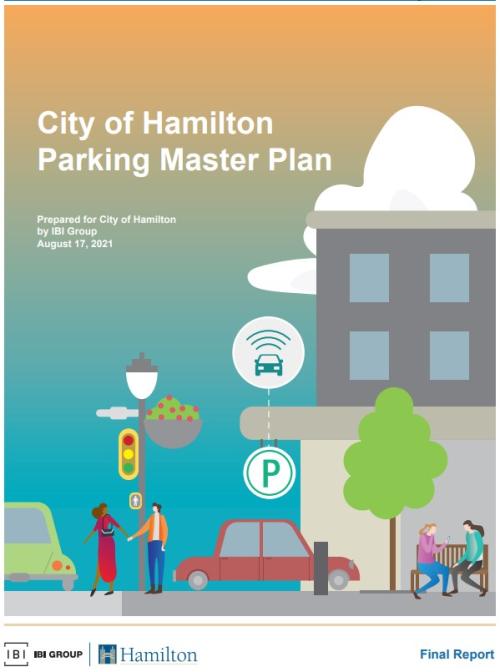Parking Master Plan

Hamilton Municipal Parking Systems
Call 905-540-6000
Email [email protected]
The Parking Master Plan provides direction for a coordinated, strategic approach to parking policy, planning, financial sustainability and enforcement for the City of Hamilton that aligns with other city-wide policies related to transportation and land use planning.
About the Parking Master Plan
Developed in consultation with the public, Business Improvement Areas, and other vital stakeholder groups, the key objectives of the Parking Master Plan are to:
- strategically connect parking with land use planning, Transportation Demand Management (TDM), Transit and other ‘city building’ initiatives
- create a framework to update old policies using a ‘best practices’ approach with a focus on customer service
- develop strategies which support business and economic development
- provide options for transition from surface lots to structured parking
- review the current financial model to ensure sustainability

About Hamilton Municipal Parking System
Hamilton Municipal Parking System (HMPS) was created in 1998 when the Parking Authority Board was dissolved, and paid parking operations were integrated with other city parking services. HMPS is currently responsible for the:
- operation of all paid on and off-street parking facilities including 61 surface parking lots, 2 parking structures and 2,700 metered parking spaces
- creation and maintenance of all Parking By-Laws
- enforcement of the Parking By-Laws
Continued development, growth, and increasing density in Hamilton are leading to several challenges, including:
- balancing downtown parking needs with redevelopment of surface parking lots
- balancing parking supply needs with encouragement of more sustainable transportation modes
- meeting paid parking demand
- planning for new mobility technologies
- maintaining a self-sustainable financial model for HMPS
The Parking Master Plan provided an opportunity to review these challenges, as well as the existing permit and enforcement standards.
